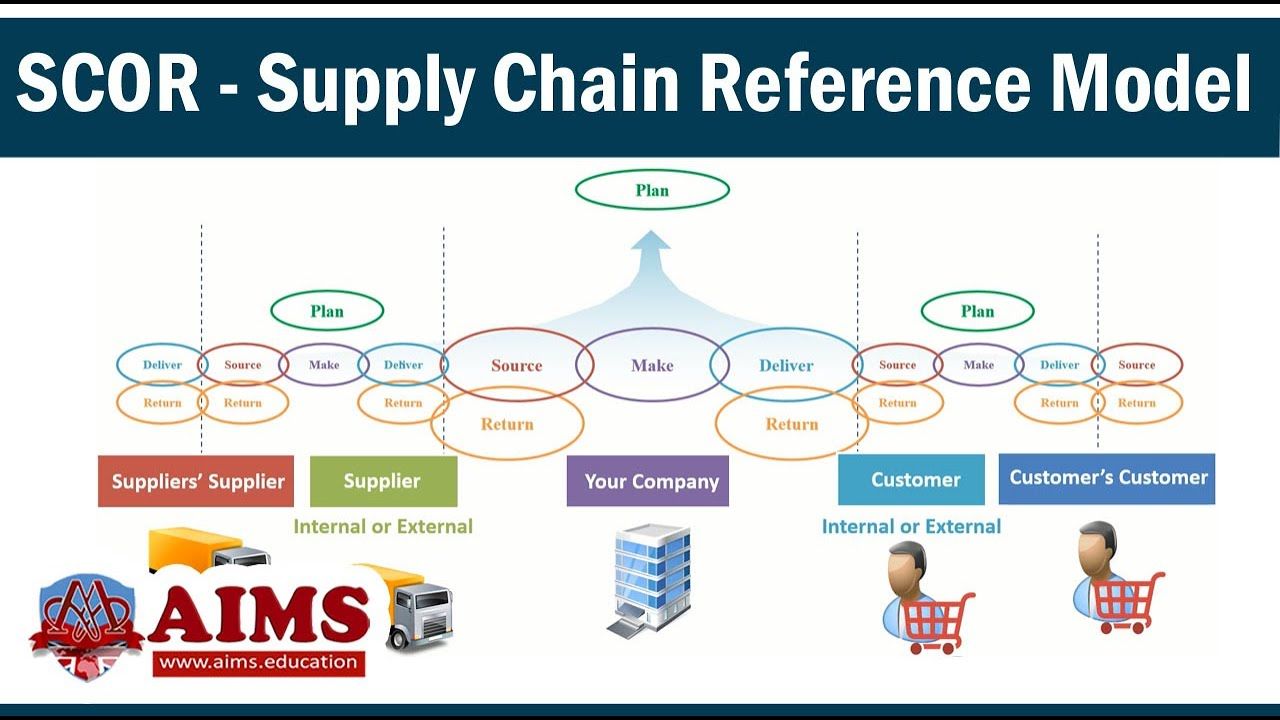Supply Chain Analytics: Streamlining Operations
In today’s competitive and rapidly changing business landscape, efficient supply chain management is crucial for organizations to stay ahead. Supply chain analytics is a powerful tool that helps streamline operations and improve decision-making by generating actionable insights from the vast amounts of data collected throughout the supply chain.
What is Supply Chain Analytics?
Supply chain analytics is the process of gathering, analyzing, and interpreting data from various sources within the supply chain to gain a comprehensive understanding of its performance. It involves using advanced analytics techniques, such as statistical analysis, data mining, and machine learning, to identify patterns, trends, and anomalies that can inform strategic and operational decision-making.
The Role of Supply Chain Analytics
Supply chain analytics plays a crucial role in streamlining operations by providing organizations with the following benefits:
1. Improved Inventory Management
By analyzing historical data on product demand, lead times, and supplier performance, organizations can optimize their inventory levels. Supply chain analytics helps identify demand patterns, forecast demand accurately, and ensure that inventory levels are aligned with actual customer needs. This reduces inventory holding costs while minimizing stockouts and overstock situations.
2. Enhanced Supplier Performance
Supply chain analytics enables organizations to evaluate supplier performance based on various metrics, such as delivery times, quality, and cost. By identifying underperforming suppliers, organizations can negotiate better contracts, establish more robust supplier relationships, and improve overall supply chain efficiency.
3. Demand Forecasting and Planning
Supply chain analytics leverages historical data, market trends, and customer insights to generate accurate demand forecasts. This helps organizations align their production and procurement plans with anticipated demand, reducing the risk of excess inventory or stock shortages. Accurate demand forecasting allows organizations to optimize their resource allocation and minimize costs.
4. Supply Chain Risk Management
With the help of analytics, organizations can identify potential risks within their supply chain, such as disruptions in logistics, supplier bankruptcy, or regulatory changes. By proactively monitoring and analyzing data, organizations can develop effective risk mitigation strategies, ensure business continuity, and minimize the impact of unforeseen events.
5. Cost Optimization
Supply chain analytics provides insights into cost drivers and inefficiencies within the supply chain. By analyzing data related to transportation costs, procurement costs, and warehousing expenses, organizations can identify areas for cost optimization. This may involve renegotiating contracts, redesigning supply chain processes, or optimizing transportation routes to reduce costs while maintaining service levels.
Implementing Supply Chain Analytics
Implementing supply chain analytics requires organizations to focus on the following key areas:
1. Data Integration and Visibility
Organizations need to ensure that data from various sources within the supply chain, such as ERPs, CRMs, and IoT devices, is integrated and accessible in a centralized system. This provides visibility into the end-to-end supply chain and enables meaningful analysis across the entire value chain.
2. Data Quality and Data Governance
Supply chain analytics heavily relies on accurate and high-quality data. Organizations should establish data governance frameworks and data quality processes to ensure data integrity, consistency, and reliability. This involves regular data cleansing, validation, and maintenance activities.
3. Analytics Tools and Technologies
Organizations need to invest in advanced analytics tools and technologies, such as data visualization tools, predictive analytics software, and machine learning algorithms. These tools enable supply chain professionals to analyze large datasets, generate meaningful insights, and make data-driven decisions.
4. Skilled Workforce
To effectively leverage supply chain analytics, organizations need a skilled workforce with expertise in data analytics, statistics, and supply chain management. This involves hiring or training professionals who can interpret and analyze complex data sets and translate them into actionable recommendations.
Conclusion
Supply chain analytics is a vital tool for organizations looking to streamline their operations, improve efficiency, and gain a competitive advantage in today’s complex business environment. By harnessing the power of data and analytics, organizations can optimize their inventory management, enhance supplier performance, forecast demand accurately, mitigate risks, and optimize costs. Implementing supply chain analytics requires investments in data integration, data quality, analytics tools, and a skilled workforce. Organizations that successfully embrace supply chain analytics will be better positioned to meet customer demands, reduce costs, and drive overall business success.


